Latst News and Blog
The History of Borstals in England - Part 1 - Timeline

19/08/2024
Dan Ewers is a PhD researcher based at the University of Leeds. During 2023 he explored the archives held at the National Justice Museum researching the history of borstal institutions in the United Kingdom. Over the next few months we will be sharing what Dan found out about health, wellbeing, and everyday life within borstal institutions.
So, firstly, what exactly were borstal institutions?
In short, borstal institutions were the precursor to today’s Young Offender Institutions (YOIs). The borstal system was in operation between 1902-1982 and separately housed boys and girls, generally between 16-21 years of age. There were two broad categories of borstal institutions, ‘closed’ or ‘open’. These were defined as:
- Closed Borstals: closely followed the design of prisons at the time with a greater emphasis on security. These might typically be repurposed wings of older convict prisons or converted high security prisons. (e.g., Rochester, Feltham, Portland, Camp Hill, Sherwood)
- Open Borstals: typically placed a lesser emphasis on security and encouraged the juveniles to move around the (often quite large) site more freely. These would often follow a ‘camp’ like structure, with borstal boys working to build new permanent buildings under the supervision of borstal staff (e.g., Lowdham Grange, North Sea Camp, Hollesley Bay Colony, Usk and Prescoed, Gaynes Hall)

A Newly Completed Wing at the site of Rochester Prison, 1910s. ©National Justice Museum
In 1900, eight juvenile males were transferred to Bedford Prison for an experimental new regime that separated them from other adult males in the prison. The experiment was seen as a success and, in 1902, a separate wing was reserved for a larger experiment at the convict prison in Borstal, near Rochester. It was this experiment that eventually gave its name to the new system and the ‘borstal’ institution was born.
In the early years of borstal, it was believed that incarcerated young people needed to be isolated from adult ‘habitual criminals’ to prevent the formation of criminal tendencies. The first borstal experiment in Bedford Prison was founded on four principles:
- Strict classification
- Firm and exact discipline
- Hard work
- Organised supervision on discharge
These principles formed the underlying approach to the treatment of juveniles within borstals during the early twentieth century. Six years after the experiment at Borstal, the Prevention of Crime Act 1908 formally established the ‘borstal sentence’ for young people aged between 16-21 years of age. This sentence carried a minimum duration of one year and a maximum duration of 3 years, in line with the belief that borstal sentences needed to be longer for the effect of the borstal training to be felt by juveniles.

Borstal Boys Working on a Building Site under the Supervision of a Borstal Officer, c. 1910s. ©National Justice Museum
In 1909, the first borstal institution for girls was established at Aylesbury Prison in Buckinghamshire, with a second borstal for boys being founded at Feltham near London in 1910. A third borstal institution was repurposed in 1921 from the convict prison at Portland Prison, Dorset, reserved for male juveniles.
With the outbreak of the First World War in 1914, many borstal boys joined the armed forces having been offered a reduction in their sentence in return for their service. Similarly, in the Second World War, many borstal sites were evacuated in case of air raids, with many borstal boys either being moved across institutions or being released if they had less than six months of their sentence remaining. Staff from borstal institutions also joined the armed forces in large numbers, putting additional strain on the borstal system throughout the war years. As reported by the Prison Commissioners in 1946, of all ex-Borstal boys released on licence during the Second World War, it was estimated that ‘well over 4000 have changed their Borstal uniform for service battledress, mainly in the army’.
The postwar years saw the borstal system put under considerable pressure as numbers of juveniles in the institutions increased. A series of riots broke out in several borstals across the UK which were widely reported in the press. An inquiry was also undertaken into the abuse of juveniles at Reading Borstal in the late 1960s, ultimately resulting in the closure of the borstal in 1969.
Eighty years after the experiment at Rochester Prison, the Criminal Justice Act 1982 abolished borstal training. Six years later, the Criminal Justice Act 1988 established Young Offenders Institutions, which have continued in various forms into the present day. Many borstal sites remain in use, either as locations still housing juveniles or repurposed to accommodate an adult prison population.
~
This research has been produced as the result of a 4-month REP placement at the National Justice Museum. Many thanks go to The National Justice Museum and the White Rose College of the Arts and Humanities for their support throughout this project.
OTHER NEWS AND BLOGS

The History of Borstals in England - Part 6 - Medical Care

UK-first bronze sculpture for Nottingham’s Broad Marsh Green Heart confirmed for early 2025

The History of Borstals in England - Part 5 - Education and Routine

The History of Borstals in England - Part 4 - Health

The History of Borstals in England - Part 3 - Food

Picture This: Hope - Blog by last year's residency winner, Francesca Hummler

The History of Borstals in England - Part 2 - Farming and Agriculture

The History of Borstals in England - Part 1 - Timeline

Find us on the Robin Hood Adventure Trail this summer

National Justice Museum announces judges for Picture This: Hope photography competition

National Justice Museum and City of Caves Win Tripadvisor® Travellers’ Choice® Award 2024

National Justice Museum, Nottingham, appoints four new trustees to its board

National Justice Museum celebrates the life of its patron Lord Judge
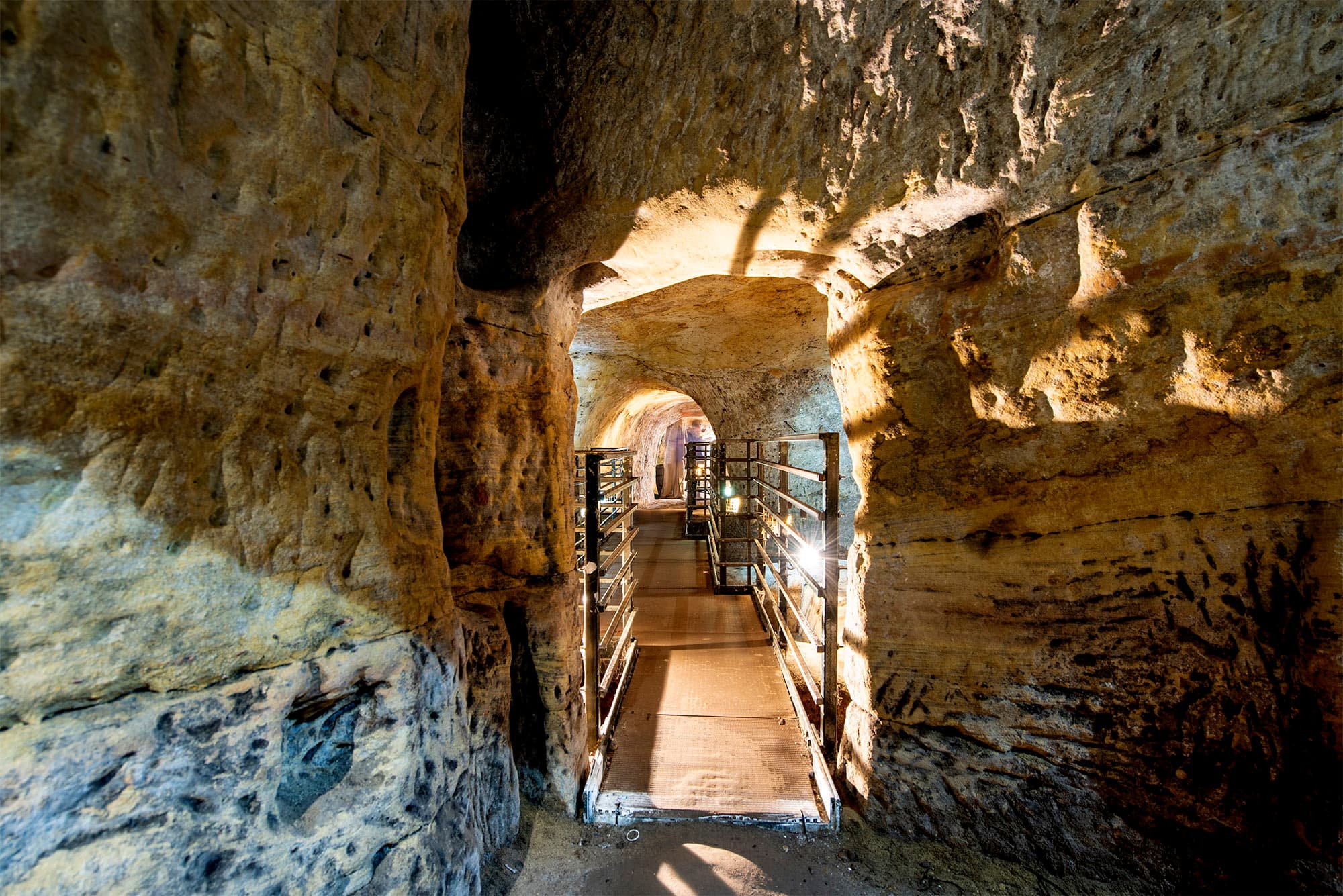
National Justice Museum and City of Caves Recognized as Tripadvisor® 2023 Travellers’ Choice® Award Winners
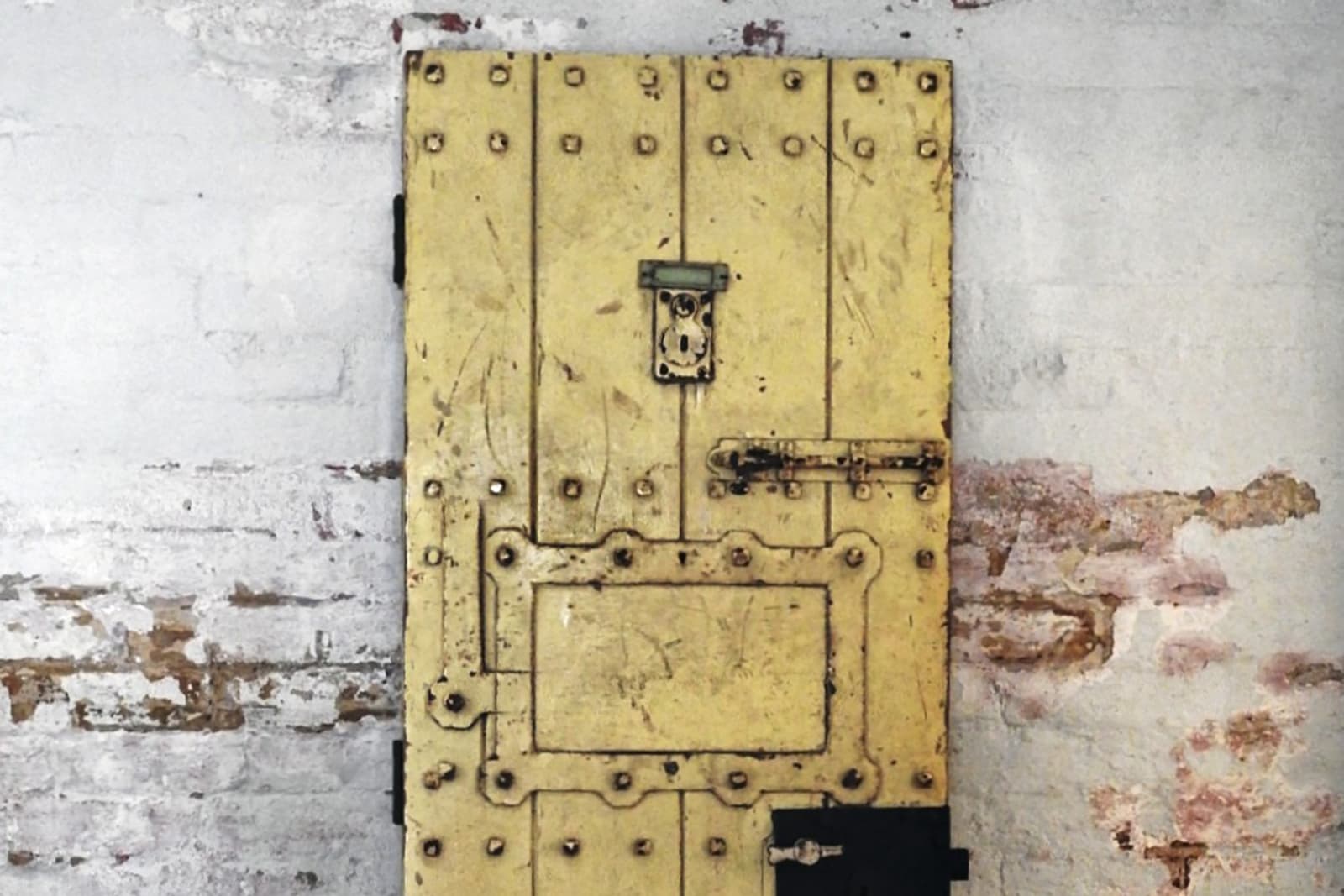
An iconic piece of LGBTQ+ history returns to public display at the National Justice Museum
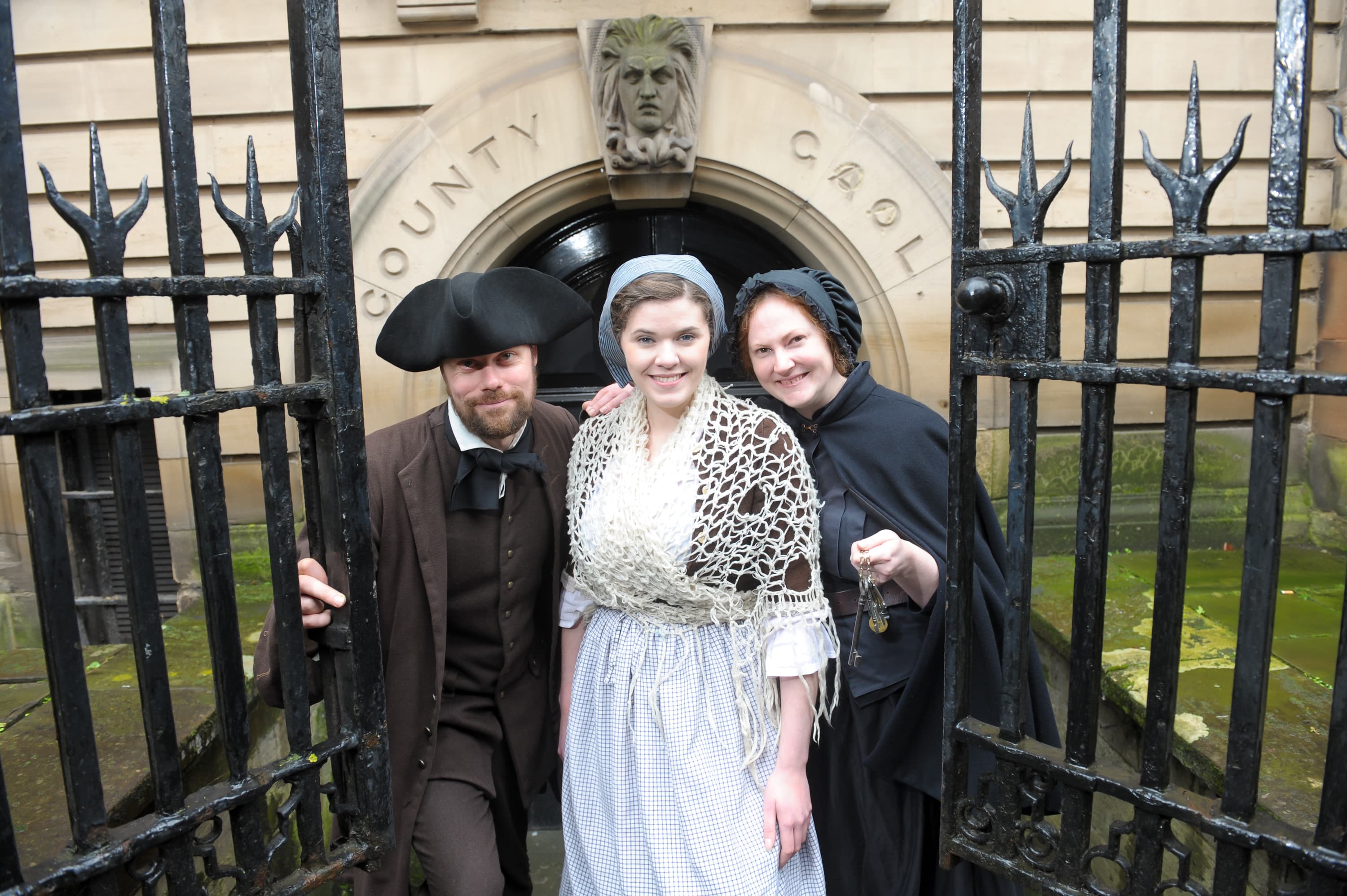
National Justice Museum is awarded a £249,996 grant by The National Lottery Heritage Fund
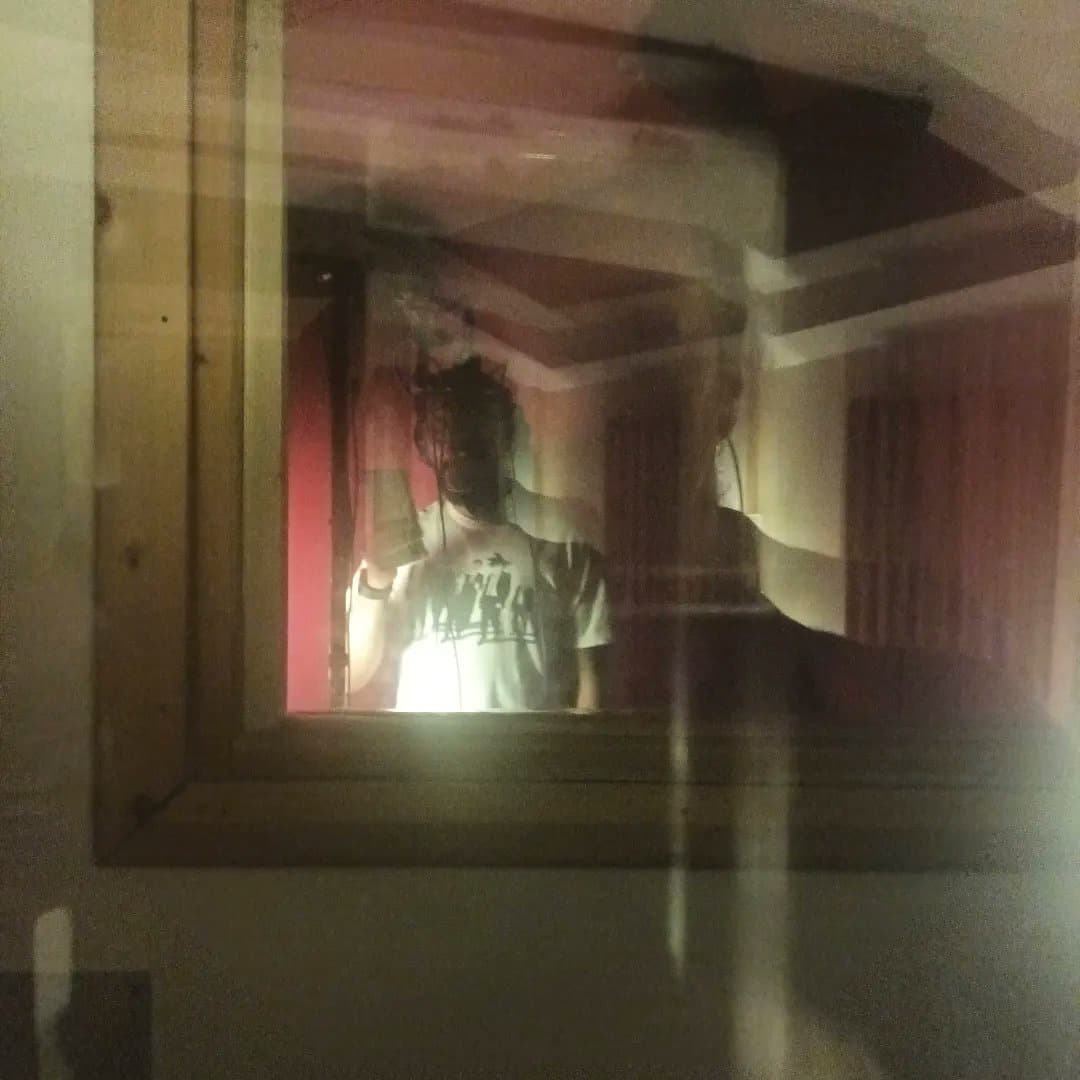
Immersive, site-specific performances come to the National Justice Museum for one day only
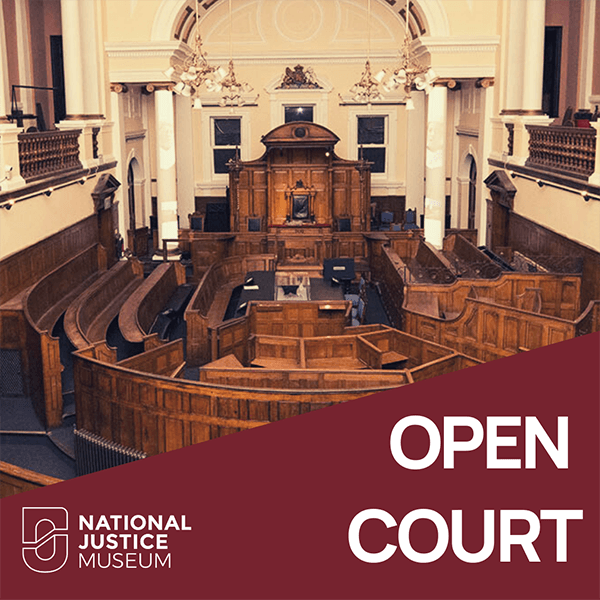
National Justice Museum's Open Court podcast back for a second season

Family devastation brought closer to home in knife crime prevention workshops

National Justice Museum announce recipient of £1000 photography award

National Justice Museum recognised as one of England’s outstanding cultural organisations through Arts Council England’s National Portfolio

National Justice Museum’s new open-call photography exhibition, Freedom, to open in November

The National Justice Museum explores untold stories of Black presence
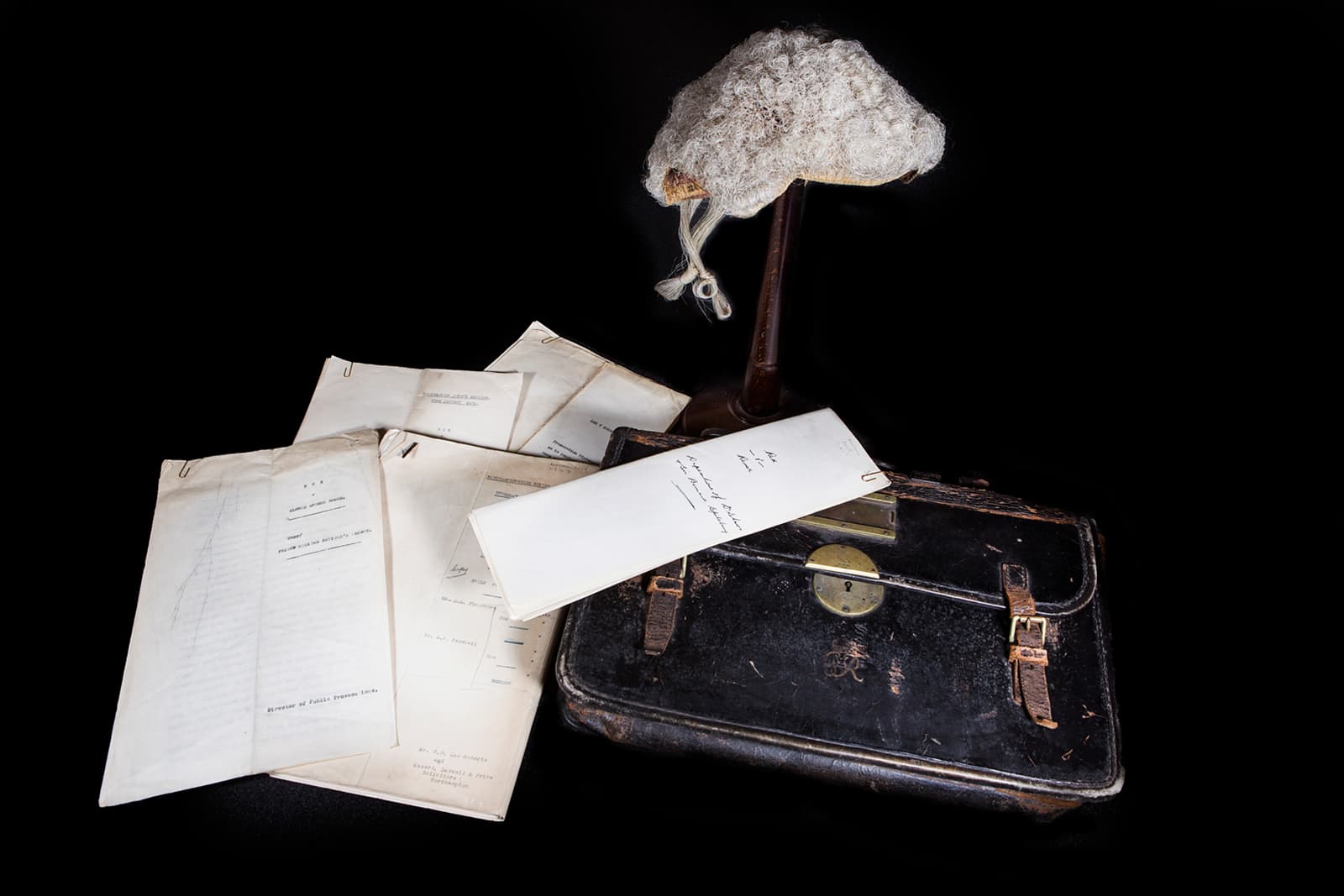
National Justice Museum opens call out for object donations from Black Legal Professionals

National Justice Museum announces judges for Freedom photography competition

National Justice Museum Wins 2022 Tripadvisor Travellers’ Choice Award

Rolls Building Art and Education Trust & The Technology and Construction Court Art Competition

National Justice Museum opens submissions for photography exhibition with a £1,000 prize at stake

National Justice Museum to receive £362,900 in fund which helps safeguard nation's cultural heritage

The National Justice Museum publishes Letters of Constraint

National Justice Museum wins Best Museums Change Lives Project at Museums Change Lives Awards 2021

Welcome back S.H.E.D!

‘Freed Soul’ letters

Justice week 2021

Ghost stories with Claire

Autism and me
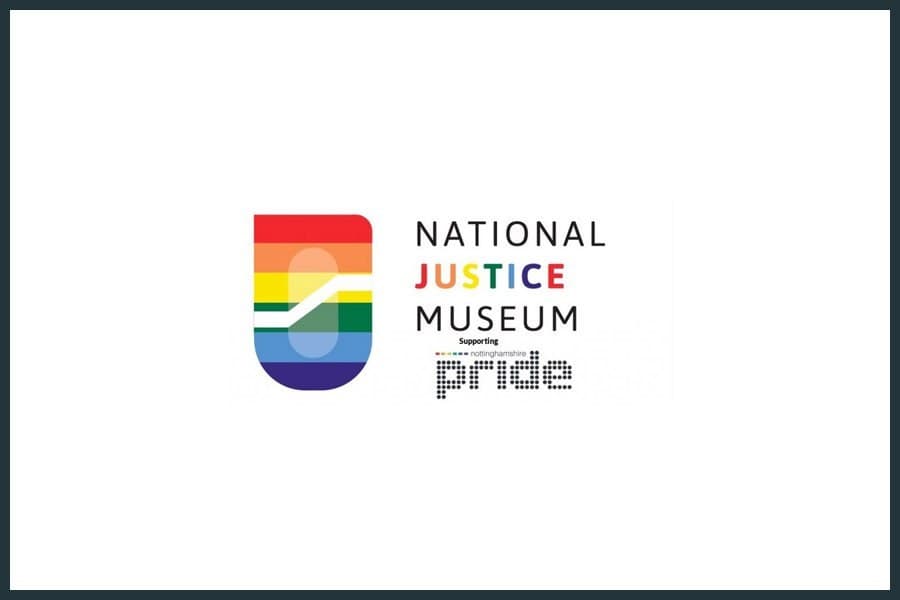
Staying proud

Ultimate travel list
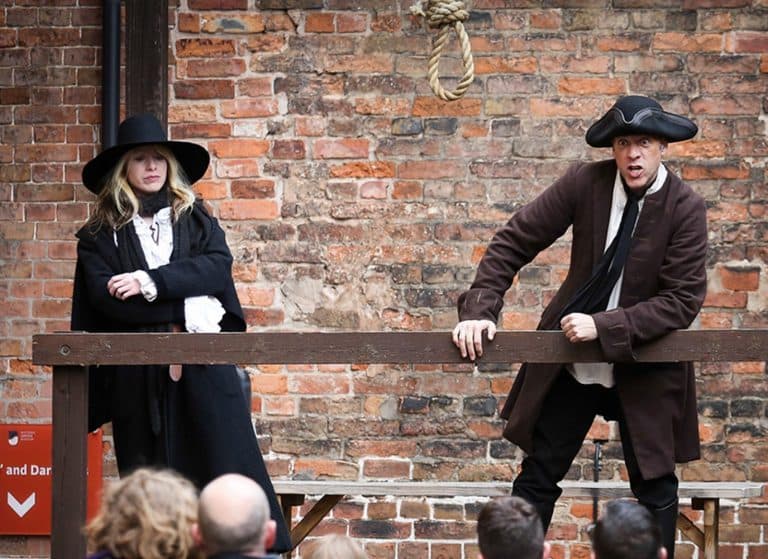
The ‘Bloody Code’?





